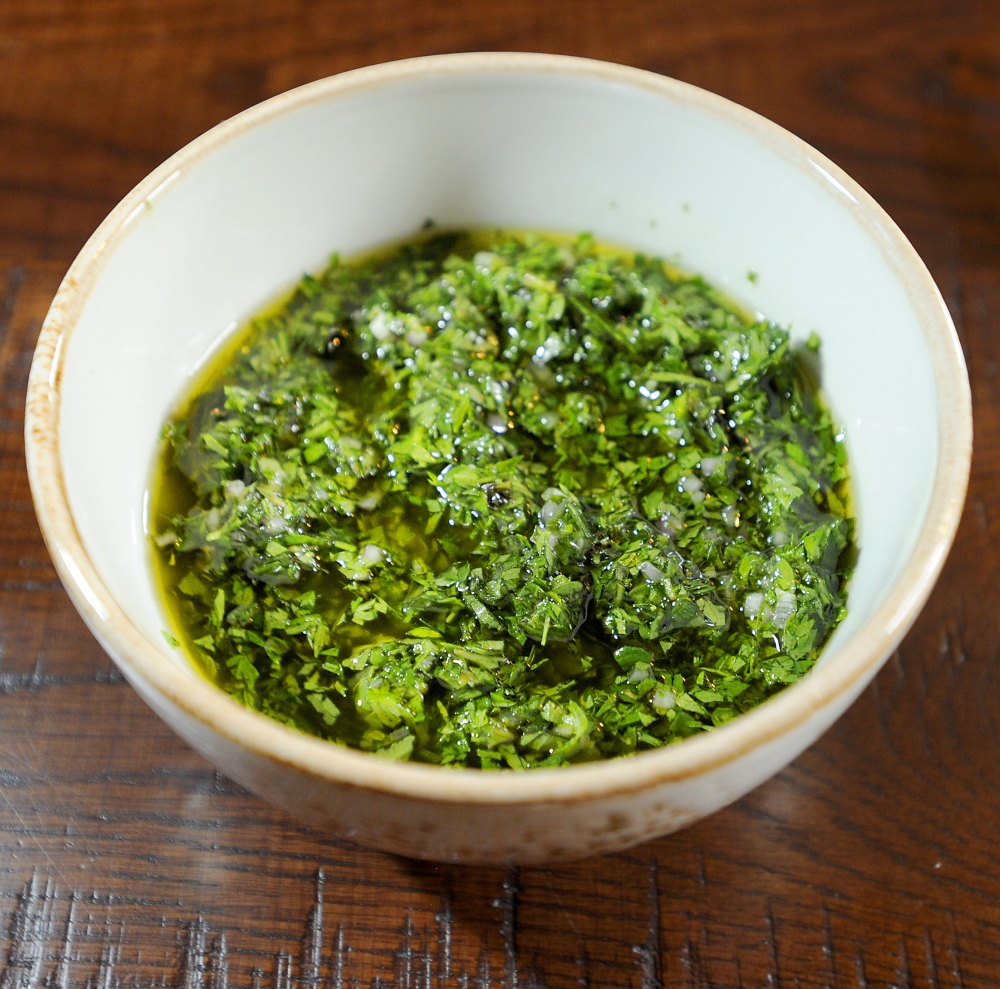When I was growing up, the neighborhood kid with bright, reddish-orange locks was more likely to be referred to as a “carrot top” than any leafy green in my salad bowl was.
We had plenty of carrots growing in the garden and ate them readily, sometimes right out of the ground, with only a quick wipe across our T-shirts to clean them. But no, we didn’t dare eat their lacy, leafed tops; we were told they were poisonous.
Turns out that old wives’ tale was slightly misguided. While it is true that carrot tops contain alkaloids and nitrates to which some people can be sensitive, they aren’t inherently toxic to most of us unless we eat them by the wheelbarrow-full. The confusion about the edibility of carrot tops seems to center on the fact that domesticated carrots have wild cousins that very much resemble poison hemlock. Confuse those two while foraging and you would almost certainly have a problem.
I didn’t consider eating domesticated carrot leaves until about 10 years ago, when an organic farmer from whom I was buying carrots asked if she should cut the tops off into her compost bucket or did I want to bring them home for my culinary pleasure. Really? Use them like parsley – scattered in salads, packed in green smoothies, simmered in stocks, and sprinkled as garnish over soups, was her advice. I made a carrot coriander soup garnished with oyster crackers that had been baked a second time after I coated them with butter, and minced carrot tops. Ever since, all of my summer carrots have had tops in tow.
Chef Chris Wilcox of The Velveteen Habit says carrot tops offer a range of flavors, from sweet and lettuce-like to pleasantly bitter herb. “When you find the young and tender ones, they actually taste a little like carrots,” said Wilcox. He sometimes puts young tops pulled from the restaurant’s own garden into the juicer to make a delicate green jus to accompany summer vegetable dishes. When the tops get a bit bigger, Wilcox notes, they become slightly bitter and work well as a second herb to basil in pesto, or paired with oregano in a salsa verde (recipe below right). Wilcox avoids cooking with carrot tops that measure longer than 6 inches because they are almost too bitter.
Wilcox admits that his garden produces many more carrot tops than he can artfully use in his kitchen. The remainder go into the compost pile to help sustain future carrot crops.
CARROT TOP SALSA VERDE
Chef Chris Wilcox of The Velveteen Habit in South Berwick mixes sweet, leafy carrot greens with an array of pungent ingredients to make a tangy sauce for summertime grilled meats and fish.
Makes 1 cup
⅓ cup olive oil
¼ cup finely chopped leafy carrot tops
3 tablespoons finely chopped fresh oregano
2 tablespoons minced shallot or scallions
1 tablespoon Dijon mustard
1 tablespoon minced white anchovy
Kosher salt
1 to 2 teaspoons lemon juice
Combine oil, carrot tops, oregano, shallot or scallions, mustard and anchovy. Allow mixture to sit for 30 minutes. Add salt and lemon juice to taste. Store in refrigerator for up to 3 days.
Christine Burns Rudalevige is a food writer, recipe developer and tester and cooking teacher in Brunswick. She writes about feeding her family Maine seafood at www.familyfish.net. Contact her at cburns1227@gmail.com.
Send questions/comments to the editors.


